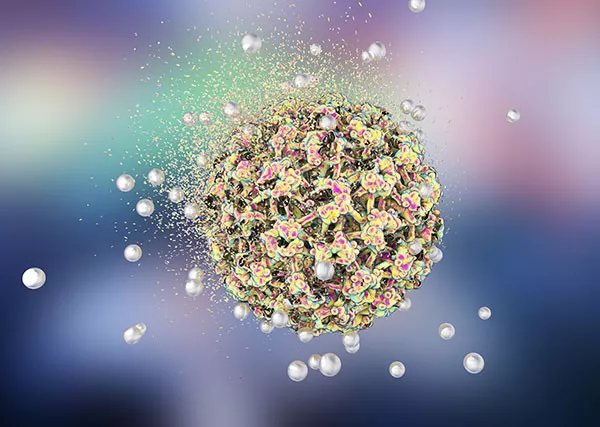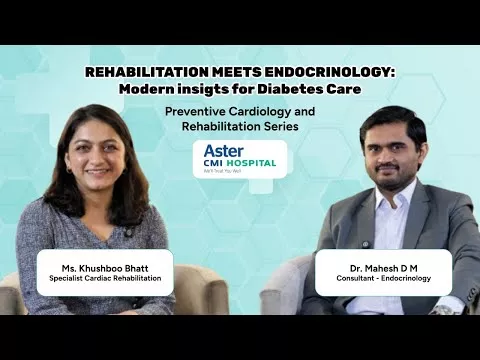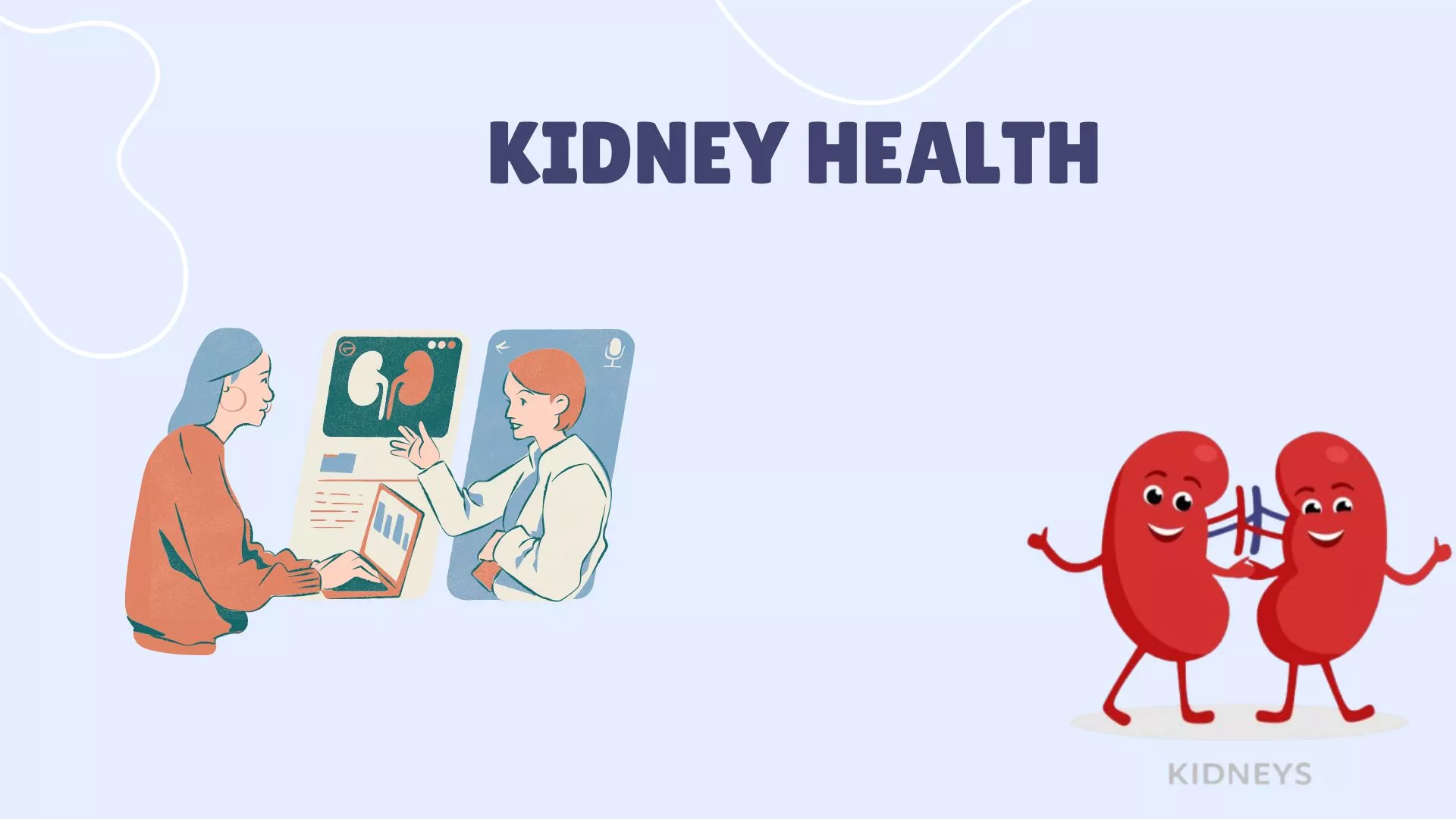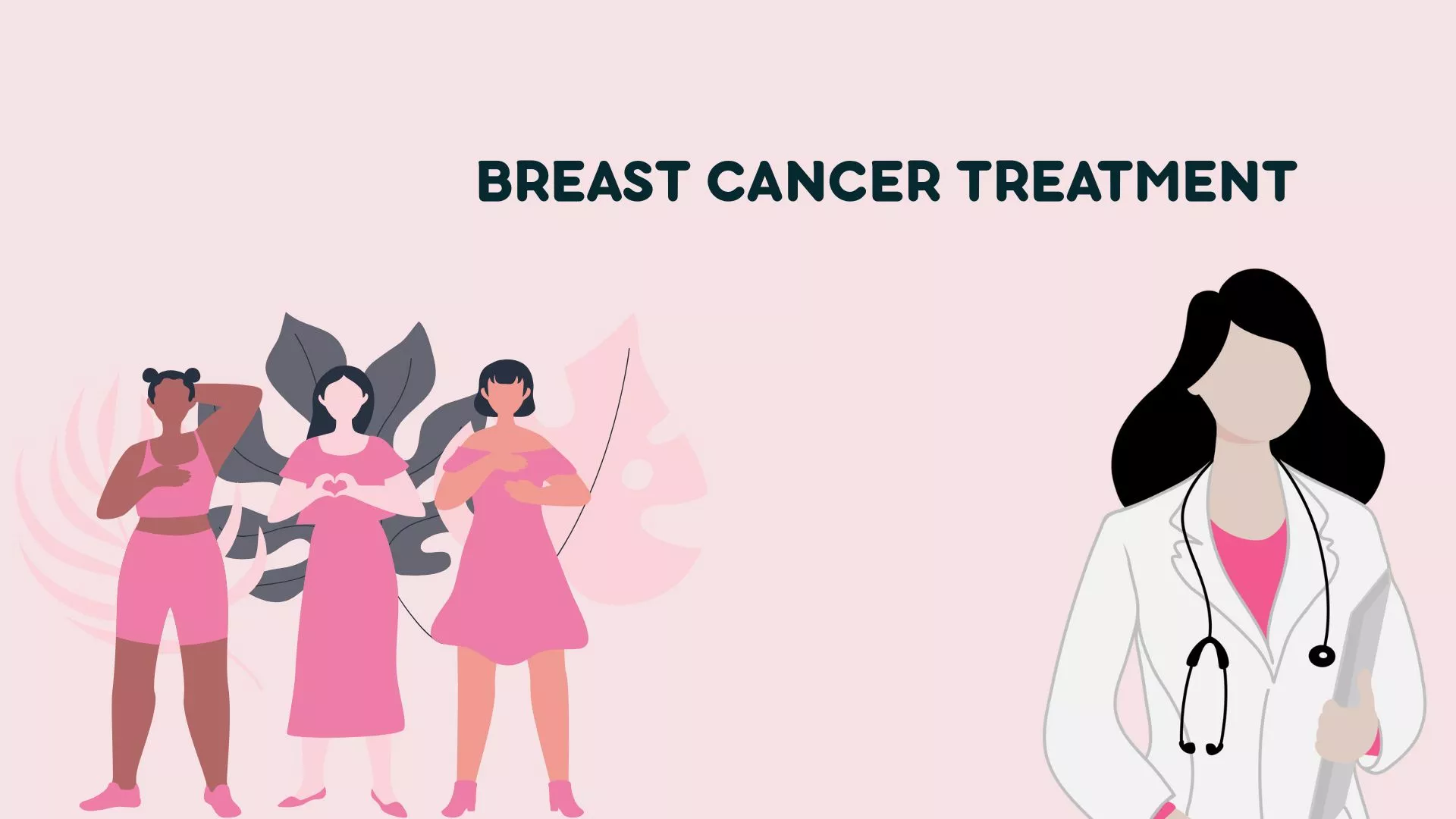Cervical Cancer, caused by Human Papilloma Virus (HPV), is the most commonly seen cancer in Indian women. This virus, which spreads through skin to skin contact, mostly during sexual activity. There are over 100 different types of HPV that have been identified. Apart from cervical cancer some of them can cause genital warts, vulvar, vaginal cancer and precancerous lesions namely CIN 1,2,3. It is estimated that majority of women get infected with HPV at some point in their life; but the infection usually clears off on its own, without causing any health complications.
HPV is classified as either high risk (e.g. 16,18) or low risk (e.g. 6, 11), depending on the conditions they cause. HPV infections are mostly asymptomatic and can cause a pre-cancerous condition (CIN I, CIN II, CIN III), which may, across time (almost 10 years), progress to cancer. Other risk factor of cancer cervix includes indulging in sexual intercourse at a young age, having multiple sexual partners and presence of other sexually transmitted diseases.
Symptoms of cervical cancer include:
Abnormal bleeding – bleeding between menstrual periods, after sex, post-menopause etc.
Pelvic or lower belly pain
Abnormal vaginal discharge
Painful sex
secondary prevention: early detection and treatment.
Prevention:
Secondary prevention: early detection and treatment.
Cervical cancer can be diagnosed through a test called cervical cytology which is a part of pelvic examination. Patients are encouraged to consult an oncologist in Kochi Kerala for professional guidance.
There are two methods by which cervical cytology is done.
Conventional Pap smear testing (Sample is examined to see if abnormal cells are present)
Liquid based cytology (sample is tested for presence of 13-14 high risk of HPV type)
Who should be screened?
It is highly advisable for women of all ages to get a PAP smear done to rule out chances of cervical cancer. Visiting a cancer hospital in Kochi Kerala can ensure proper screening and follow-up.
Women aged 21-29 years: PAP test every 3 years. HPV testing is not recommended.
Women aged 30-65 years: PAP test every 3 years or PAP smear + HPV testing (co-testing) once in five years.
When to stop screening:
Those who have undergone a hysterectomy (removal of uterus and the cervix) for some non-cancerous condition.
Screening can be stopped at 65 years of age, provided one has had 3 negative PAP tests in a row/ two negative co-test result in a row within the past 10 years (the most recent test performed within the past 5 years).
Primary prevention or prevention of the disease before its onset.
Safe, healthy sexual relationship
Use of condoms
Refrain from having unprotected sex if infected
Vaccination
Vaccination against cervical cancer
There are three types of vaccines for cervical cancer available now: Gardasil (2 types) & Cervarix
Gardasil protects against HPV serotypes 16, 18, 6, 11 and is given in three doses at intervals of 0, 2 and 6 months. This vaccination protects against cervical cancer and genital warts.
Gardasil 9 acts against 16, 18, 31, 33, 45, 52, 58 and is administered in 2 or 3 dose schedule. The second dose is given 6-12 months after first dose and in 3 dose schedule, 3 doses at 0, 2 and 6 months.
Cervarix acts against HPV serotypes 16, 18 given in three doses at 0, 1, 6 months and ensures protection only from cancer of the cervix.
Dosage is 0.5 ml intramuscularly. Although the recommended age group is 9-12 years, it can be given up to 26 years.
Patients seeking treatment or consultation can approach a reputed oncology hospital in Kochi Kerala for comprehensive care.
Cervical cancer vaccination: Important points to keep in mind
HPV vaccines can be given along with hepatitis B, tdap vaccine.
Side effects of this vaccine include light-headedness, headache, pain, swelling, redness and itching.
The vaccine should not be used if there is allergy to any component and to yeast.
Routine screening for cervical cancer should continue even after the vaccination.





